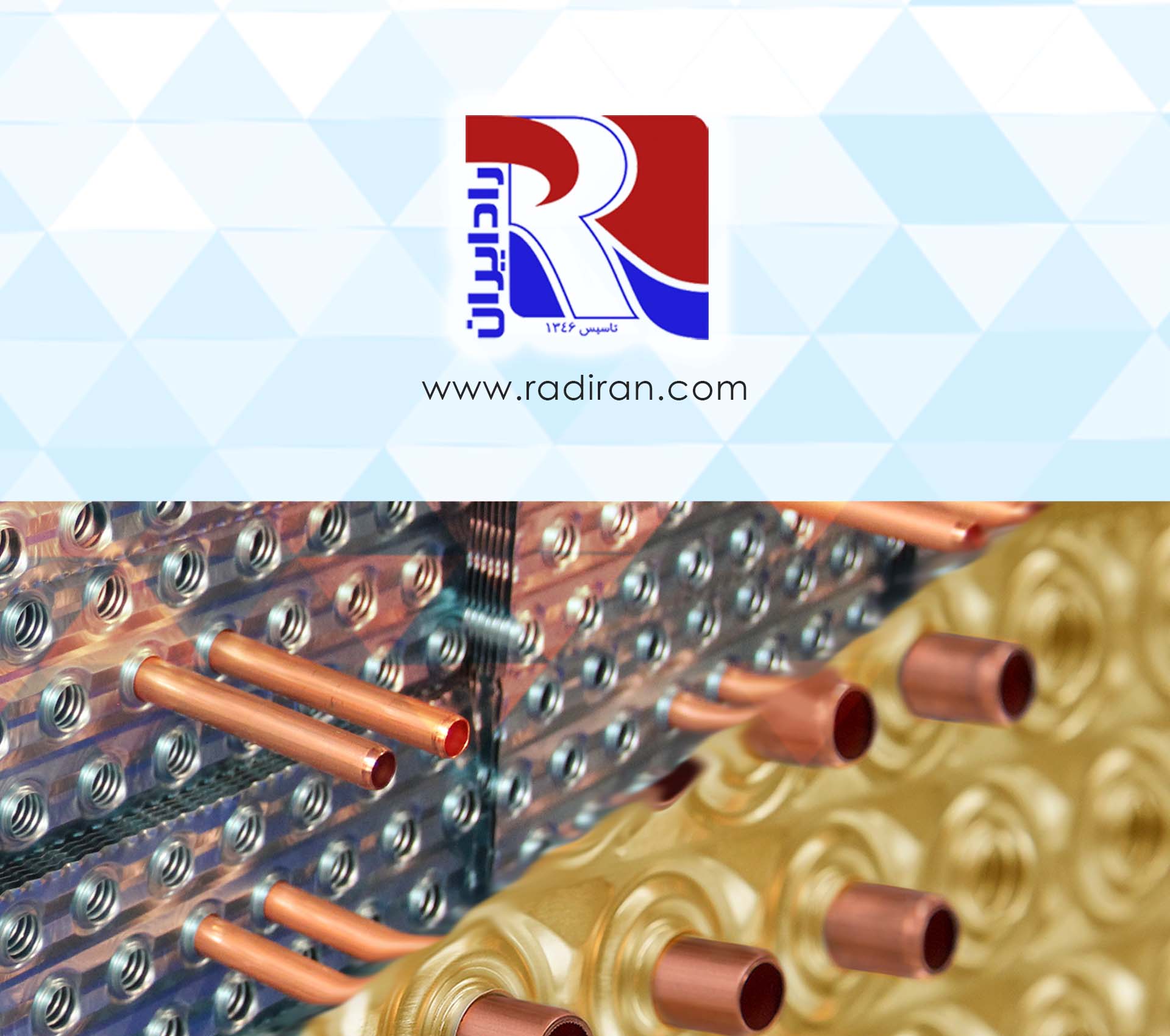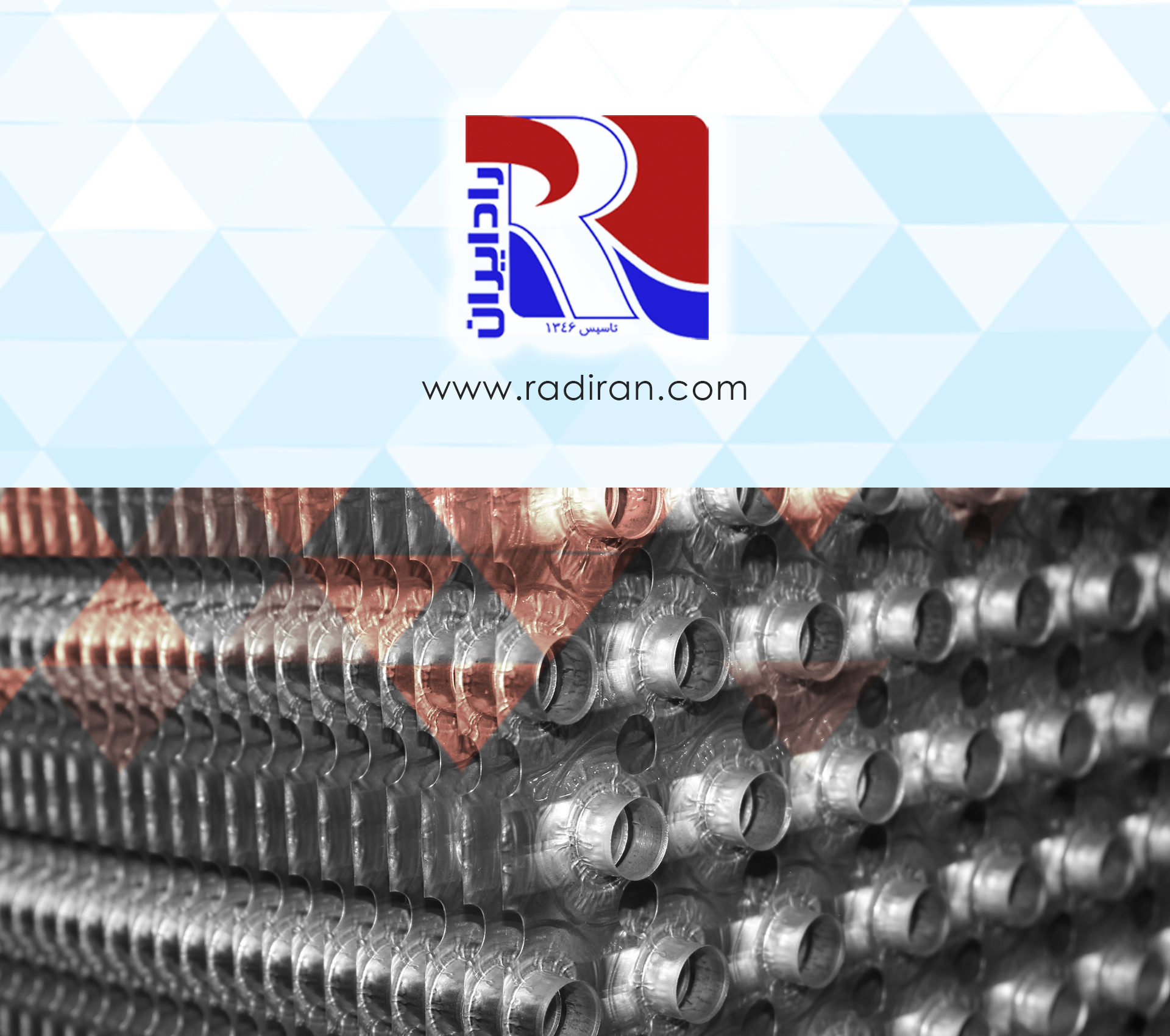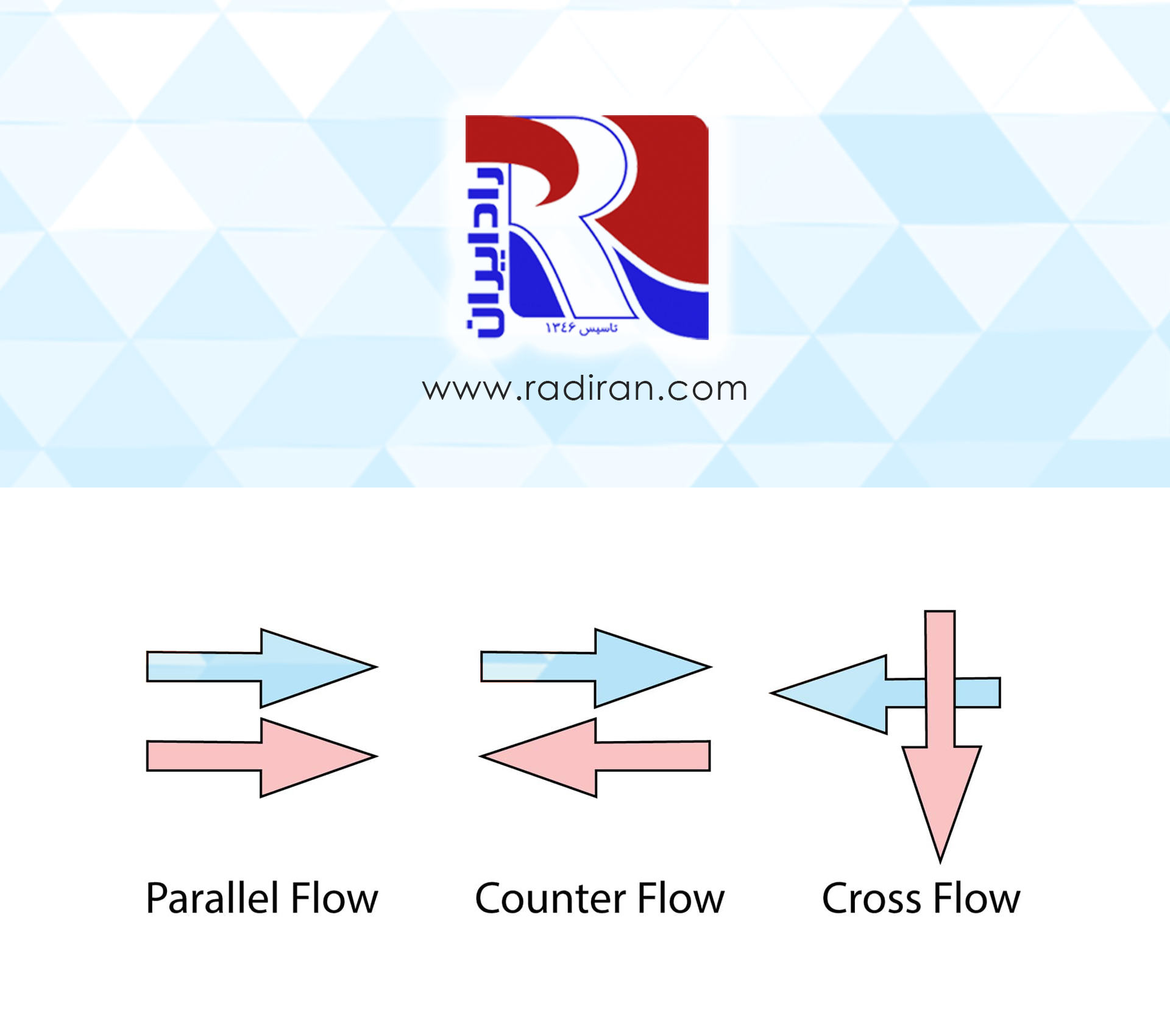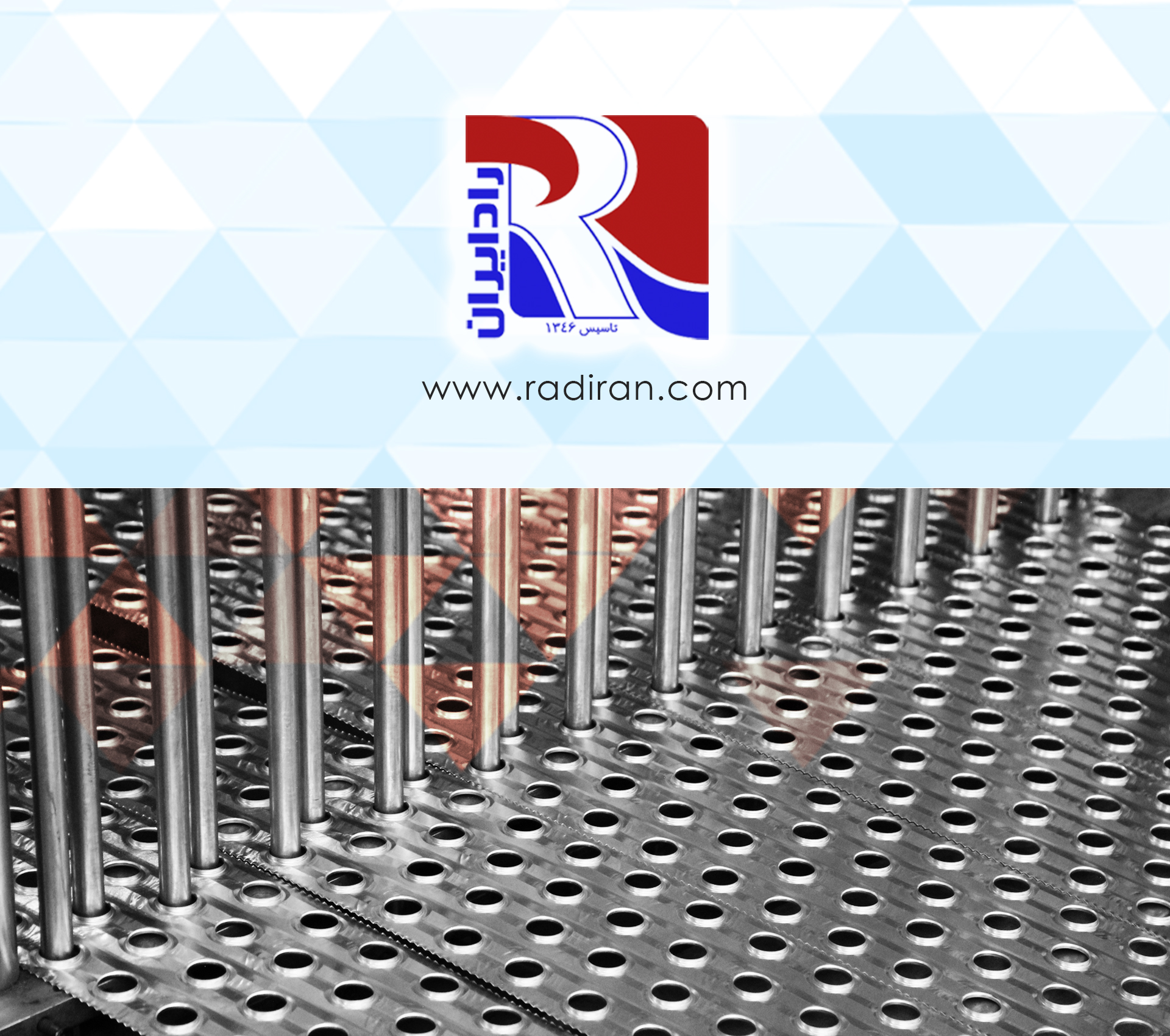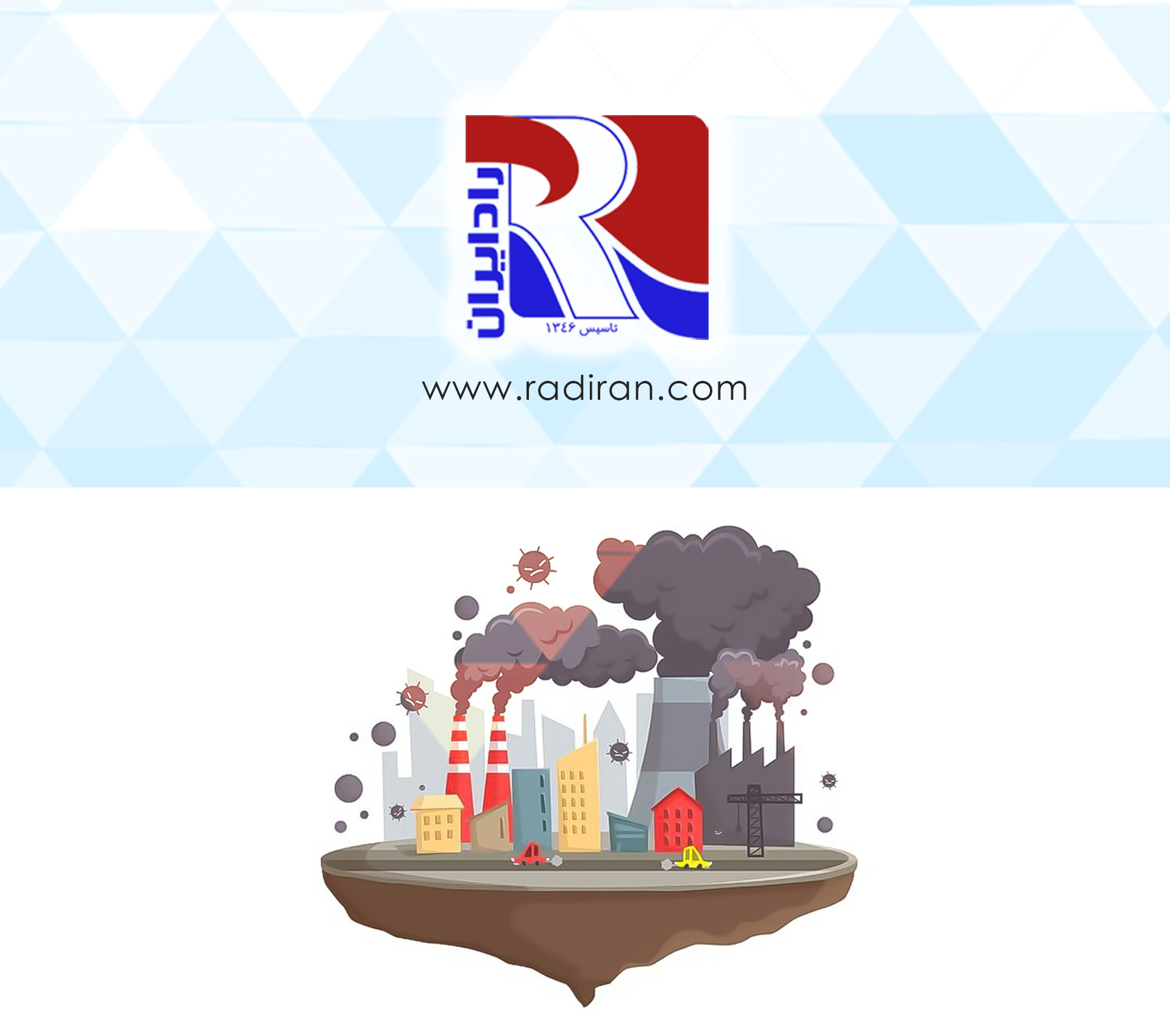Blue fin condenser coils Vs. Gold fin condenser coils
The coils play a crucial role in the efficiency of an air conditioner. such as which material to use, which condenser coil design to employ, how much these coils cost, how long they last, etc. The longevity of an air conditioner is directly related to the quality of its condenser coils. Its job is to reduce the temperature of the refrigerant as quickly as feasible. Because it is located outside, it is susceptible to deterioration and corrosion from exposure to the...

